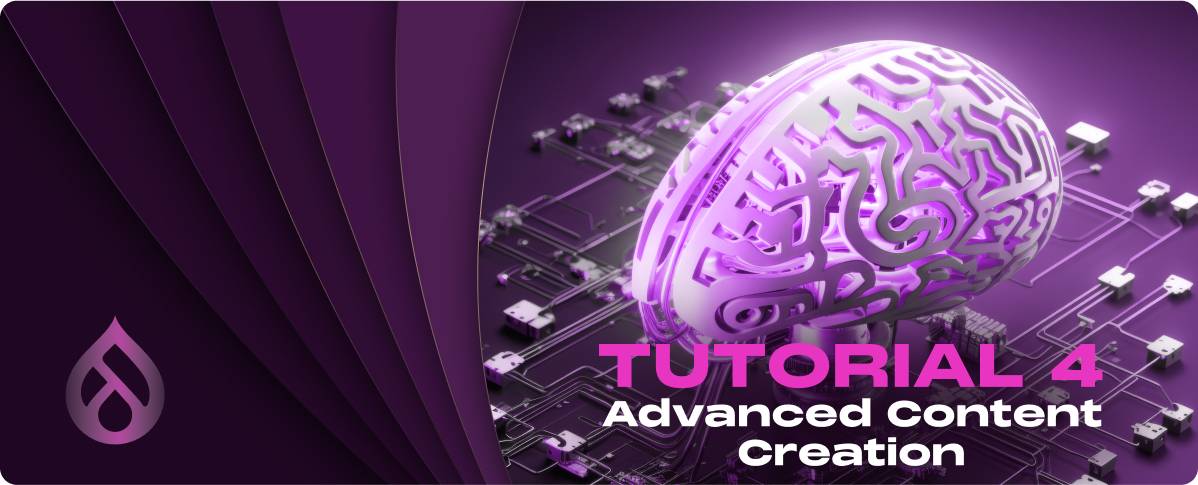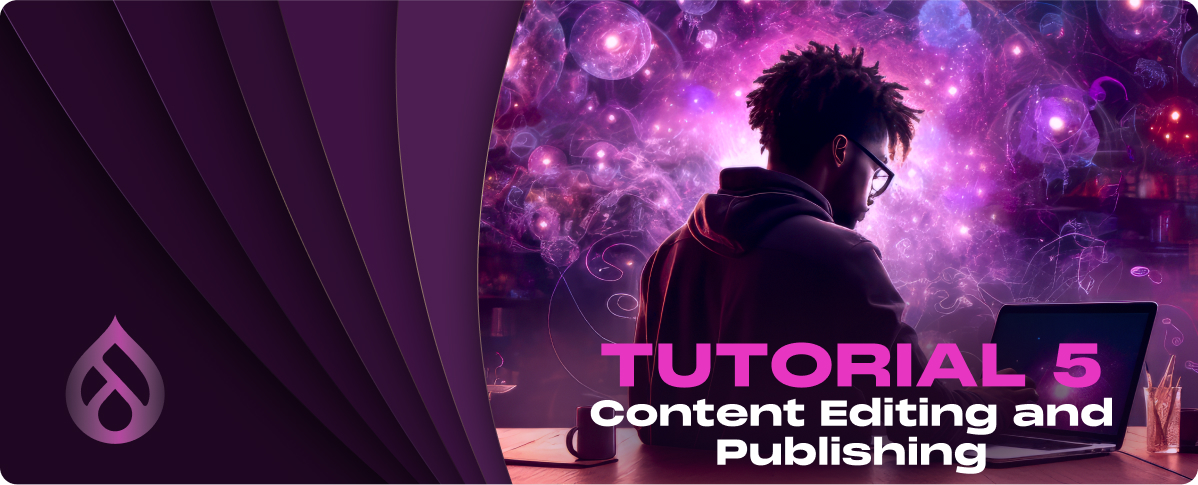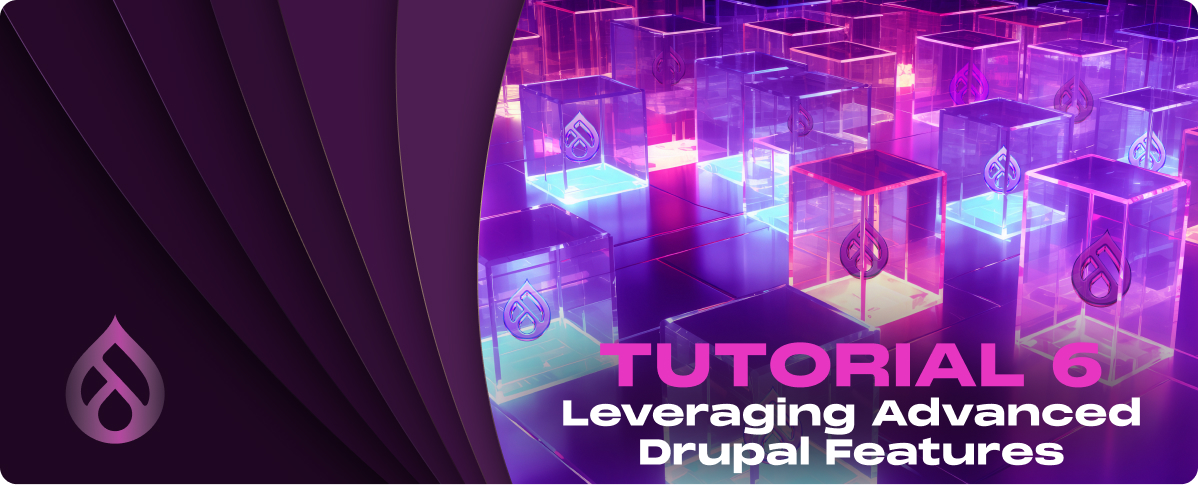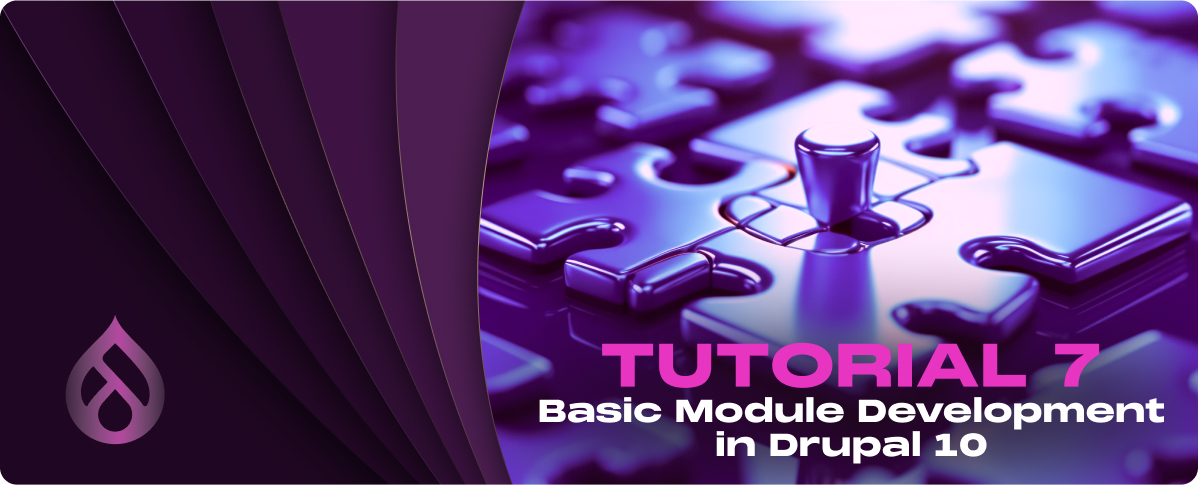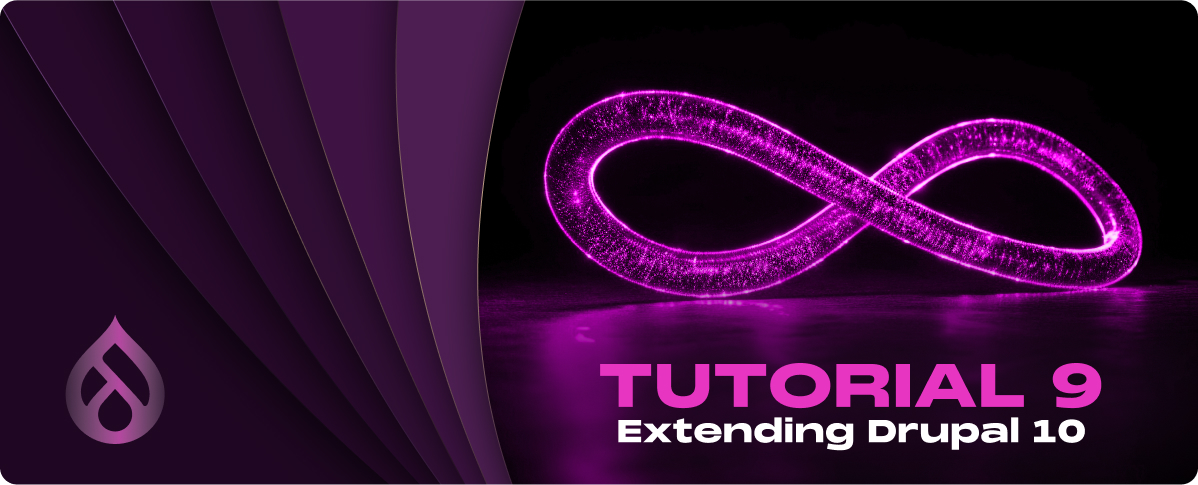Uploading and Managing Media
Drupal’s Media Library offers an integrated solution to handle media assets, allowing you to upload, organize, and select media directly within content creation workflows or through the dedicated Media section of the admin area.
Using the Media Library
1. Access the Media Library
- Navigate to Content > Media in your Drupal admin toolbar to access the Media Library. Here, you’ll see all the media items uploaded to your site. The Media Library provides a centralized overview of your media assets, making browsing, searching, and managing your files easy.
2. Adding New Media
- To add new media, click the + Add media button at the top of the Media Library page. Drupal allows you to choose from different media types, such as Image, Video, Document, etc., depending on the types configured on your site.
- Select the appropriate media type for the file you’re uploading. Fill in the required fields, such as Name and Media source (where you’ll upload the file or specify the URL for external media). Fields like Alt text for images are crucial for accessibility and SEO.
3. Organizing Media with Fields
- When adding or editing media items, you can use fields to organize and categorize your media. Fields such as tags or categories help sort and filter media within the library. Consider creating and using taxonomy terms for consistent categorization.
4. Reusing Media
- One of the strengths of the Media Library is the ability to reuse media across your site. When adding media to content, you can select from existing items in the Media Library, avoiding unnecessary duplication of files. This is particularly useful for commonly used assets like logos or author bio pictures.
5. Editing and Deleting Media
- Each media item in the library can be edited or deleted. To edit, click on the media item and then click the Edit button to change any details or replace the file. To delete, use the Delete button found on the edit form. Be cautious with deletion, as it will remove the media item from any content it’s currently used in.
6. Configuring the Media Library
- The Media Library’s behavior can be customized via the admin area’s Structure > Media types Here, you can define new media types, manage fields for each type, and configure form and display settings to tailor the media handling process to your needs.
7. Permissions and Access
- Control who can add, edit, or delete media items by configuring permissions under People > Permissions. Permissions can be set based on user roles, ensuring only authorized users can manage media content.
By leveraging the Media Library in Drupal 10, you can streamline the management of your site’s media content, enhancing your content creation process with efficient media handling capabilities. The ability to easily upload, organize, and reuse media assets across your site saves time and ensures a consistent and engaging user experience.
User Management and Permissions
User management is fundamental to maintaining a Drupal site, encompassing everything from creating user accounts to assigning roles and configuring permissions. Effective user management ensures that site administrators can control what users can see and do on the site.
Creating User Accounts
1. Manual Account Creation
- Navigate to People in the Drupal admin toolbar and click Add user. Fill in the required fields, such as Username and Email address. You can set an initial password for the account or allow the user to receive an email to set their password.
- Decide whether the account should be activated immediately or require email verification. After filling out the details, click the Create new account
2. User Registration
- Drupal also allows users to register their accounts. To configure this feature, go to Configuration > People > Account settings. Here, you can adjust settings related to registration, including whether users can register without admin approval if they should receive an email verification, and what information they must provide.
Configuring User Roles and Permissions
1. Understanding Roles
- Roles in Drupal define sets of permissions for users. By default, Drupal has three roles: Anonymous user, Authenticated user, and Administrator. You can create additional roles based on your site’s needs.
2. Creating New Roles
- To create a new role, go to People > Roles and click the Add role Provide a name for the role (e.g., Content Editor, Site Moderator) and save it.
3. Assigning Permissions to Roles
- Once you set up your roles, you can assign permissions to them. Navigate to People > Permissions. Here, you’ll see a list of available permissions and checkboxes for each role.
- Permissions control access to various features and areas of your site, such as creating content, administering menus, and managing user accounts. Carefully assign permissions according to the responsibilities of each role. For example, you might allow Content Editors to create and edit content but not change site configuration.
4. Assigning Roles to Users
- Users can be assigned one or more roles, granting them the combined permissions of those roles. To assign roles to a user, edit the user account under People, find the Roles section, and select the roles you wish to assign to the user.
5. Best Practices
- Principle of Least Privilege: Only grant users the permissions they need to perform their tasks. This minimizes potential security risks.
- Test Configurations: Create test accounts with different roles to ensure permissions are correctly configured, and users can only access appropriate features.
Effective user management and permission settings are crucial for the security and functionality of your Drupal site. They ensure that users have a tailored experience that matches their roles, whether they’re site visitors, content creators, or administrators. You can maintain a well-organized and secure Drupal environment by carefully planning your roles and permissions









































